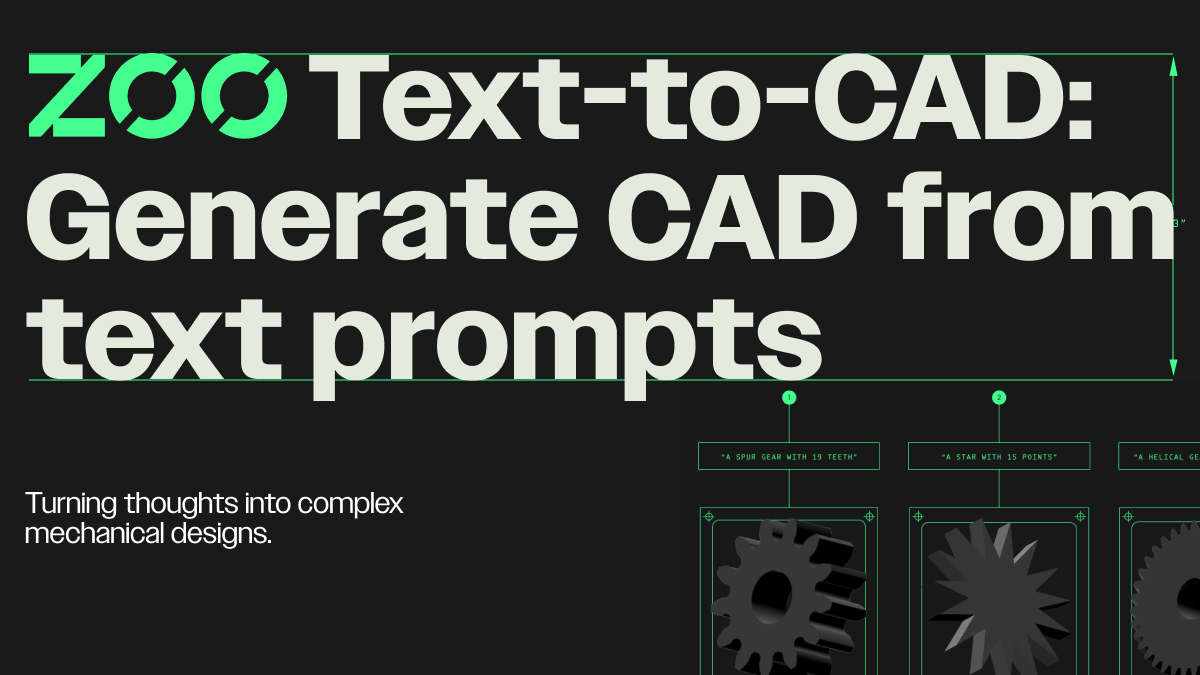tolchijb
Structural
- Jun 19, 2004
- 69
We human engineers will always have something that AI won't and can't...Professional Liability Insurance. Until AI can be sued and held liable, we will have a job. That said, AI will be an invaluable tool once the marketplace matures. Right now AI is just a buzzword to most without proven, tangible results to back it up. Our industry tends to be slow to adopt, often rightfully so. Confidence should be earned not given.


